How to Prevent & Treat Powdery Mildew in Your Garden
Don’t let powdery mildew ruin your garden. Learn how to identify, prevent, and treat this fungal disease for healthy plants. Powdery mildew can spread quickly and, if left untreated, can cause significant damage to infected plants.
Fortunately, several methods are available to help control and prevent this fungal disease from spreading in your garden. All gardeners should be aware of the signs of powdery mildew and how to treat it quickly and effectively.
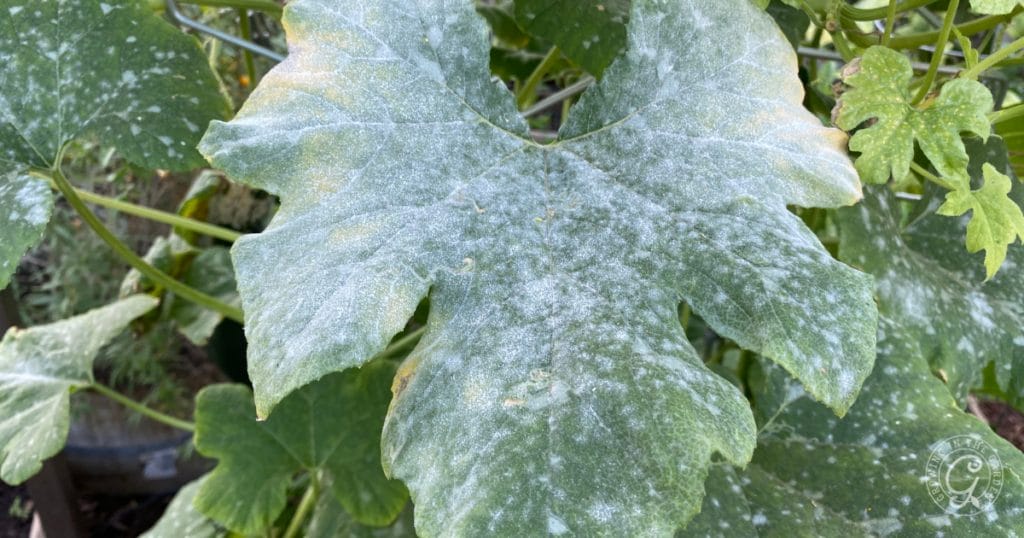
What is powdery mildew?
When trying to prevent or control powdery mildew, start by understanding what it is and where it comes from. Powdery mildew is one of the most easily recognizable and widespread fungi.
It first appears as a whitish-gray powdery coating on tops or undersides of leaves. Left untreated, small black dots appear, and they produce spores. Powdery mildew quickly spreads by spores on wind or physical contact.

The disease weakens the plant and stunts its growth. As it progresses, the leaves brown and shrivel. Powdery mildew causes fruits to ripen prematurely and have poor flavor and texture. If not treated promptly, it can lead to leaf drop or plant death.
What does powdery mildew look like?
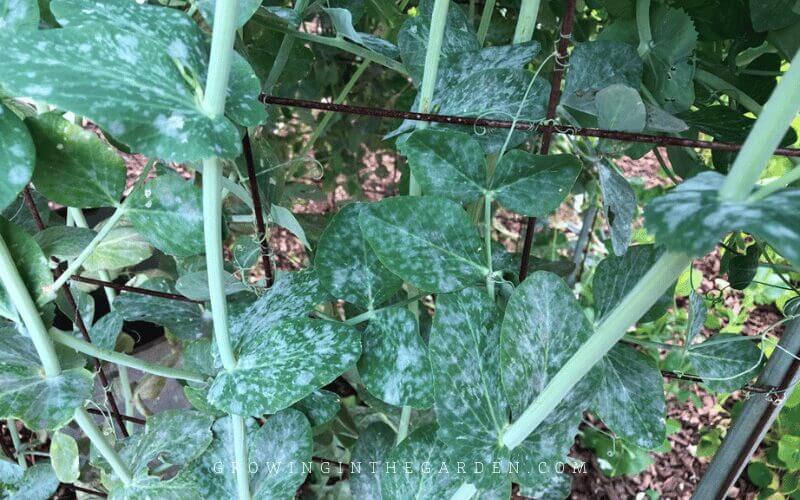
Learn what powdery mildew looks like so you can begin to combat it when it first appears. Powdery mildew is a fungal disease that can infect many plants, including vegetables. It appears as white powder-like spots on the leaves and other parts of the plant.
- Roses: New flower buds are covered in white powder. Powdery white or gray coating on the leaves and stems. The infected leaves may curl or become distorted, and the plant may produce fewer blooms.
- Raspberries: Undersides and tips of leaves become deformed.
- Cantaloupe: Leaves and stems turn brown; poor fruit production.
- Peas: White or grayish coating on the leaves can then spread to the stems and pods. The entire plant may be covered in a powdery coating in severe cases.
- Zinnias: Mildew covers leaves, buds, and stems. Infected plants may produce fewer blooms or stop blooming altogether.
- Squash: White or grayish patches on the leaves, which can then spread to the stems, fruit, and flowers. Infected foliage may turn yellow or brown and fall off the plant. (Tip: Know what you are growing. Many squash varieties have variegated leaves that may look like powdery mildew.)
- Apples: White patches on the leaves, fruit, and stems.
- Cucumbers: Powdery mildew appears as white or grayish spots on the leaves, stems, and fruit. As the infection progresses, the spots may merge and cover larger areas of the plant.
- Phlox: Powdery mildew appears as white or grayish spots on the leaves and stems. Infected foliage may turn yellow or brown and fall off the plant.
- Lilacs: Powdery mildew appears as a white or grayish powder on the leaves, which can then spread to the stems and flowers. The infected foliage may become distorted or stunted.
- Grapes: White or grayish-white powder or coating on the leaves, stems, flowers, and fruit. The infected leaves may become distorted, yellow, or fall off the plant. If left untreated, powdery mildew can reduce grape yields and quality.
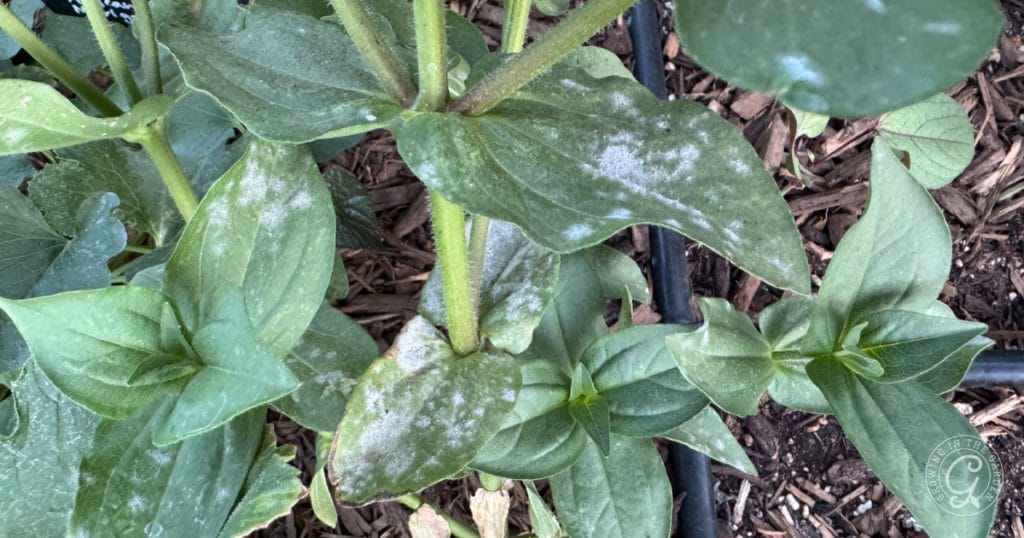
Do these zucchini leaves have powdery mildew?
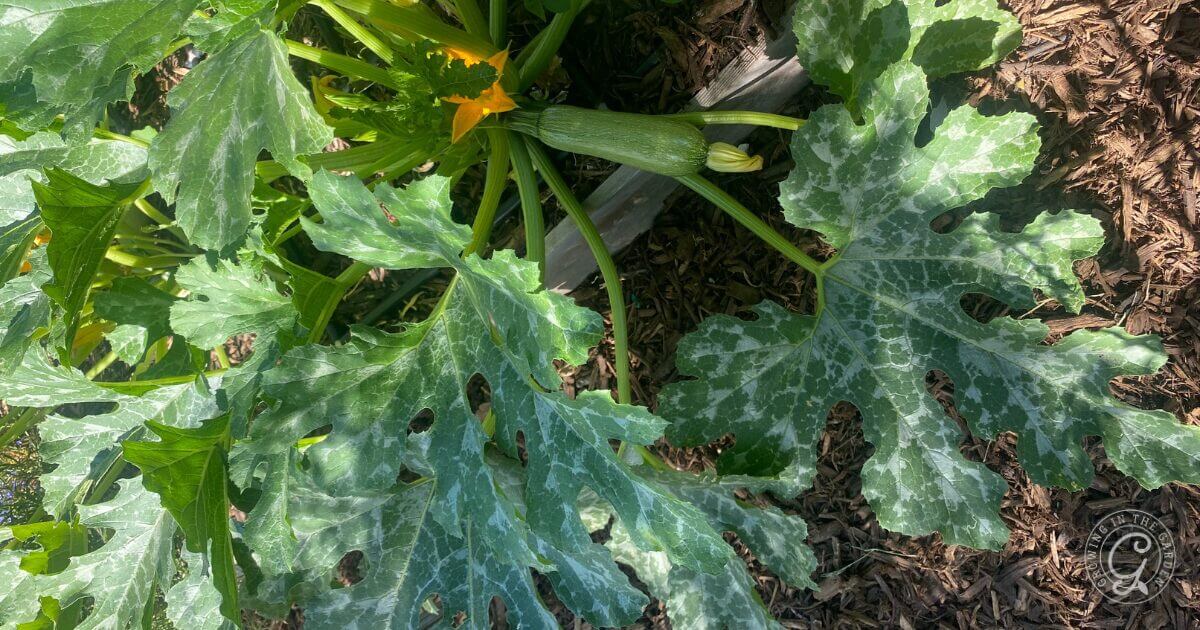
No. Some squash varieties have variegated leaves that, at first glance, may look like powdery mildew. However, it’s merely a color variation. Look closely at the leaves, and you’ll be able to distinguish between the two. The color variation will be consistent on all the leaves, but powdery mildew will appear in patches.
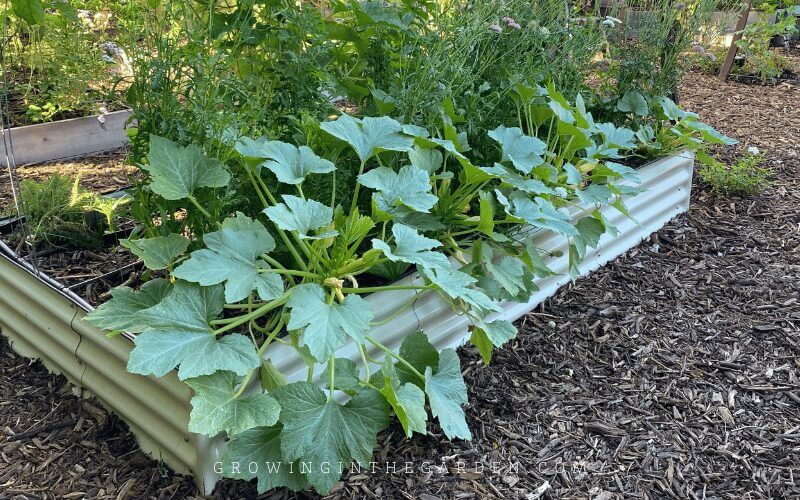
Does powdery mildew rub off?

Yes, powdery mildew can rub off from plant leaves when touched with a cloth or fingers. It is a white or gray substance that can look like dirt or dust when it first appears. If you suspect powdery mildew, it’s important to take action since it can spread quickly throughout your plant.
7 Tips for How to Prevent and Treat Powdery Mildew
1. Plant powdery mildew-resistant varieties
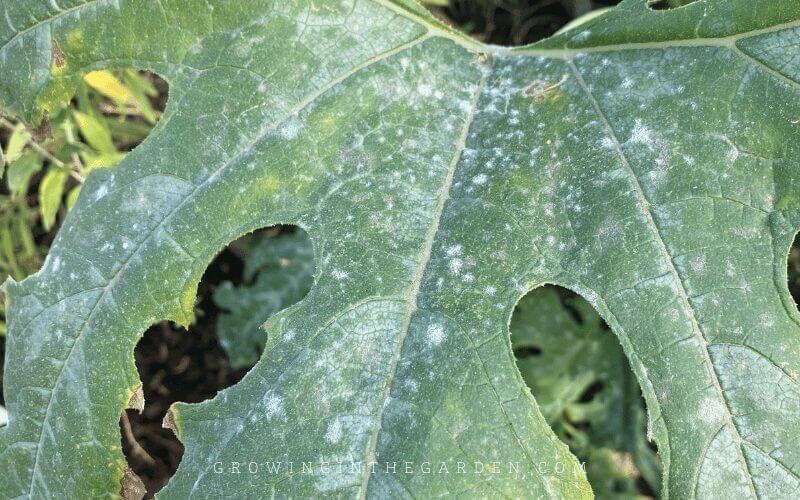
To mitigate powdery mildew, opt for disease-resistant varieties when planting crops vulnerable to this fungal disease. Such susceptible crops include cantaloupe, zinnias, roses, squash, and peas.
By selecting resistant strains, you can safeguard your plants and minimize the impact of powdery mildew. Powdery mildew resistance is marked on seed packages with the designation PMR. Be sure to rotate crops each year, as the same crop planted in the same spot can lead to soil-borne disease problems.
2. Allow good air circulation
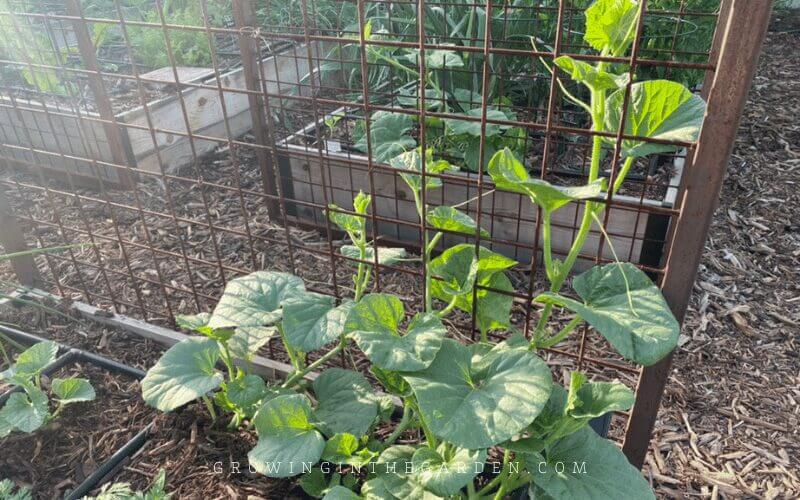
An abundance of foliage or vines left sprawling on the ground invites pests and diseases. Proper air circulation helps prevent fungal diseases. Prune and trellis plants to allow as much air and sunlight as possible to reach them.
3. Water plants correctly
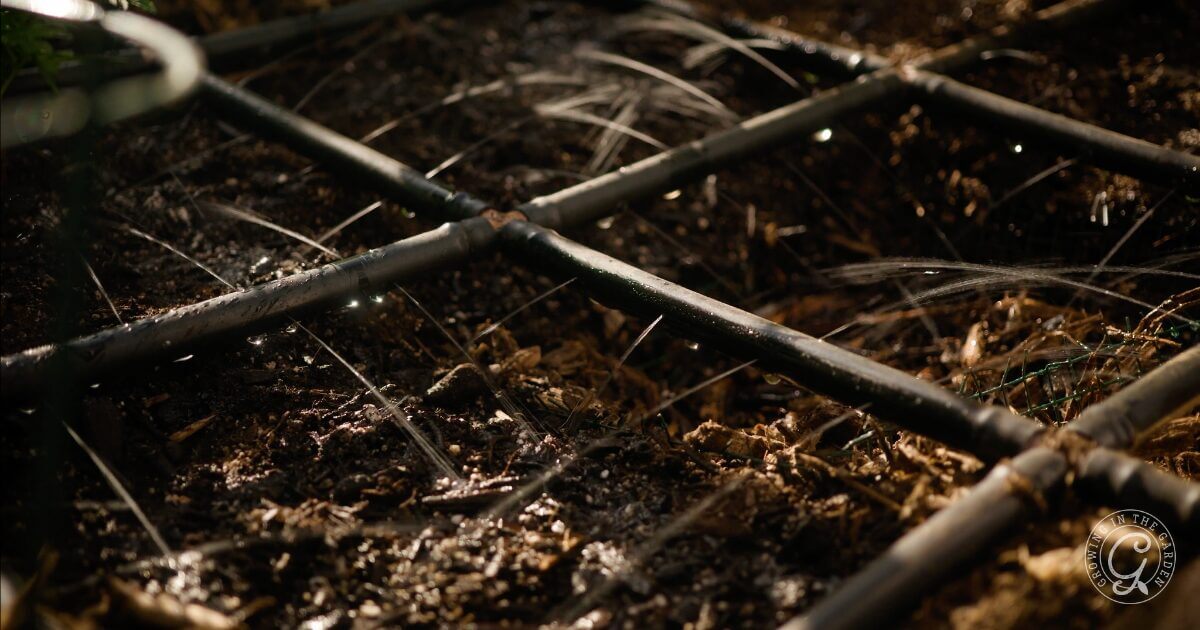
Space your plants with enough room for air circulation so that the leaves have a chance to dry out after rain or watering. Also, avoid wetting the foliage when you water, and water in the morning rather than late afternoon or evening.
- Water in the morning. Evening watering creates a cool, damp climate that promotes powdery mildew and other fungal diseases.
- Using drip irrigation (rather than overhead) puts the water on the soil (where it is needed) rather than on the leaves.
- Do not over-water. Let the top inch or two of soil dry out between waterings. Damp soil promotes fungal diseases.
- For more information, read this article about correct watering.
4. Keep plant debris cleaned up to prevent powdery mildew
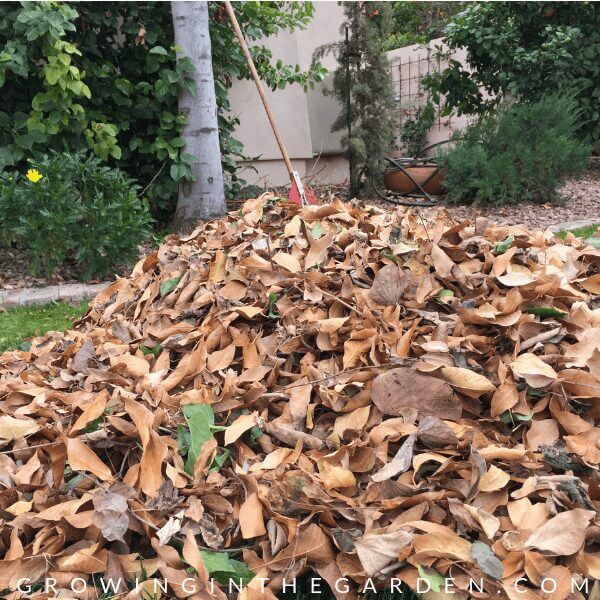
Leaves and trimmings from plants can harbor fungal spores that cause powdery mildew.
Rake up and remove debris from around plants. Prune away affected branches to minimize spread. Good air circulation around the plants also helps reduce mildew growth.
5. Remove leaves affected with powdery mildew
An effective method for preventing further powdery mildew is to remove and destroy affected leaves as you see them before spores form. Sanitize hands, gloves, and tools that come in contact with the diseased leaves. This will help to prevent the spread of the infection.
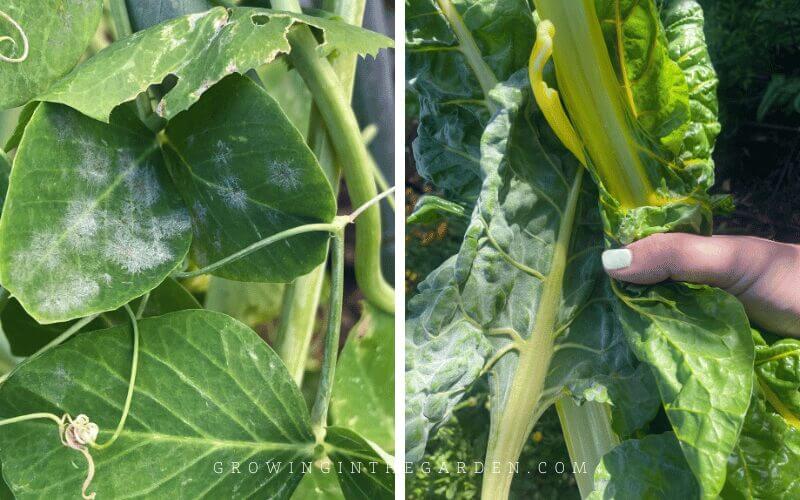
6. After removing leaves, treat to prevent further outbreaks
The first important step is to remove the affected leaves before treating the rest of the plant. Any diseased plant parts should be removed and discarded away from other plants.
Choose one (or more) of the following methods. To prevent further infections, continue treatment while warm or humid conditions persist. These options can prevent further outbreaks from unseen spores but may not cure powdery mildew already on the plant.
Option 1: Use a Milk Solution
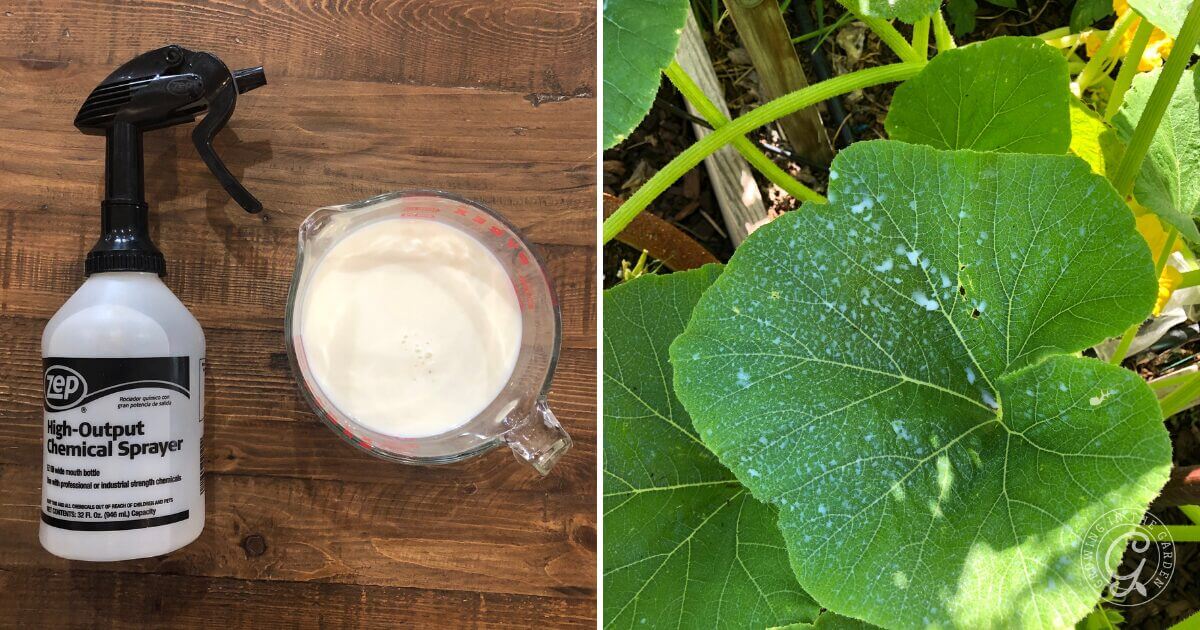
For small outbreaks during the spring or fall (not summer), treat powdery mildew with a milk solution every 7-10 days. The protein in milk may create an antiseptic effect when exposed to sunlight. Use a 40% milk to 60% water solution. Spray on the leaves of affected and nearby plants, lightly coating all surfaces while the sun shines for the best effect.
Option 2: Use a Potassium Bicarbonate and Castile Soap Solution
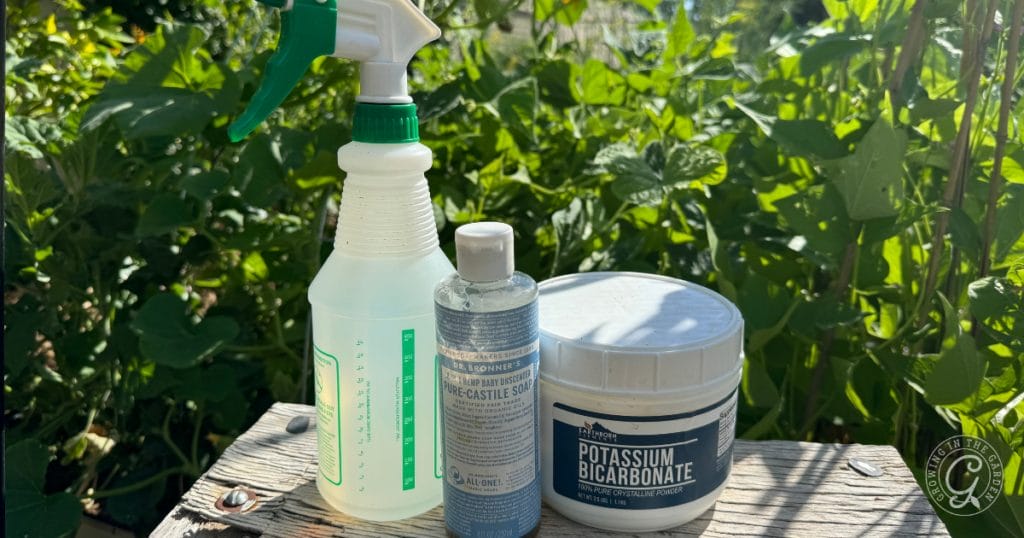
This is my go-to method and works very well. Mix 15 ml (1 tablespoon) of potassium bicarbonate powder and 15 ml (1 tablespoon) of liquid castile soap in 3.8 liters (1 gallon) of water and spray all parts of the plant well. To treat an outbreak, spray plants every 7 days. Apply after the sun goes down and spray the leaves off afterward to prevent leaf burn.
Why spray off afterward? The solutions kill the fungus spores on contact so it is not necessary for them to remain on the plant. However, the solution will damage the leaves if they are in the sun. Spraying off the solution prevents sun damage to the leaves.
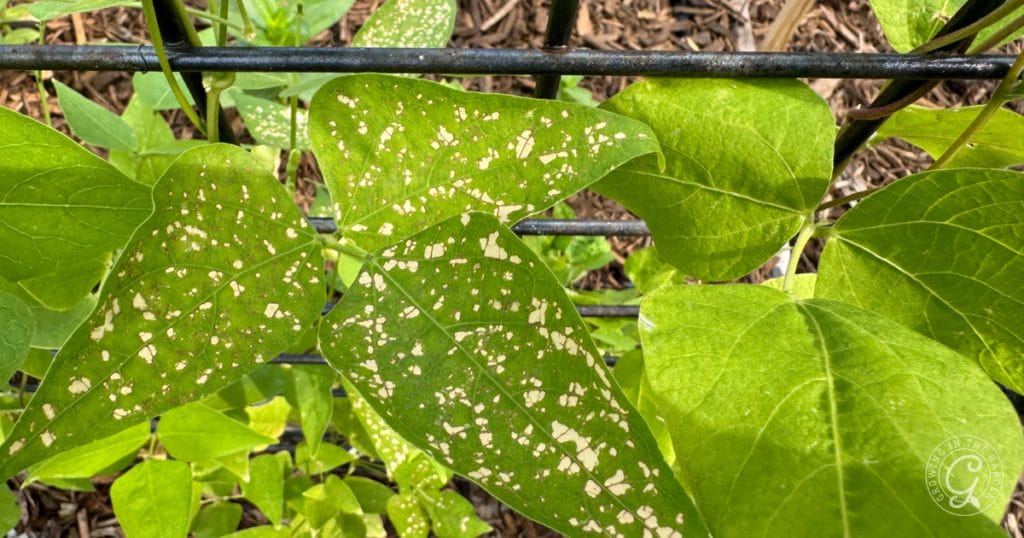
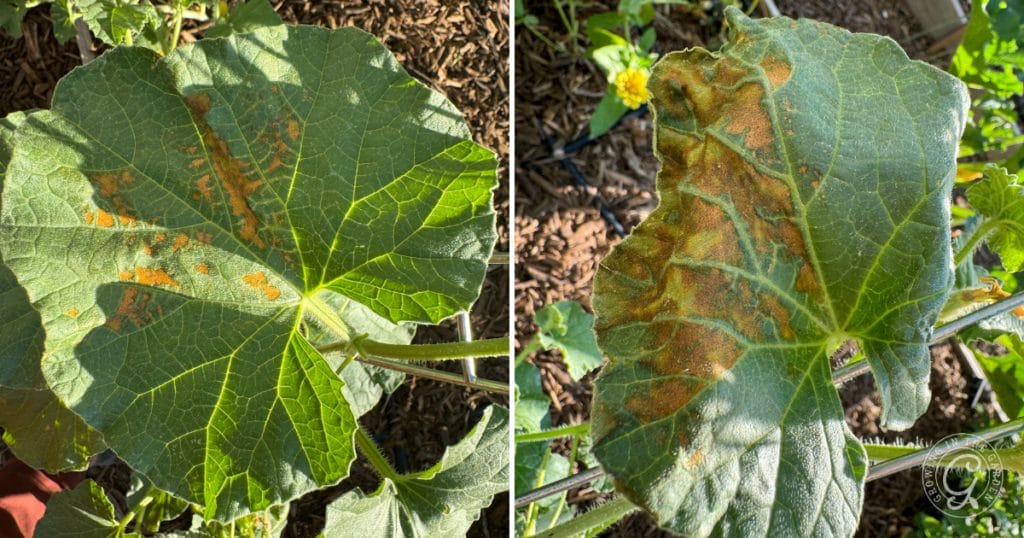
7. If a plant becomes overwhelmed, consider removing the entire plant
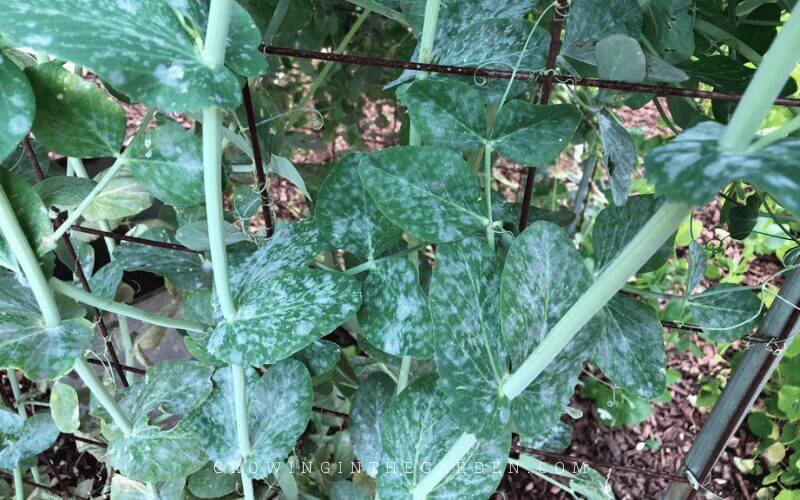
If all methods fail and you haven’t been able to prevent or treat powdery mildew successfully, consider removing the entire plant.
- An unhealthy plant is more susceptible to pests and other diseases.
- A diseased plant can easily spread powdery mildew to other plants in the garden.
Remove the entire plant, and do not compost it. Plant another fruit or vegetable in that spot that isn’t as susceptible to powdery mildew.

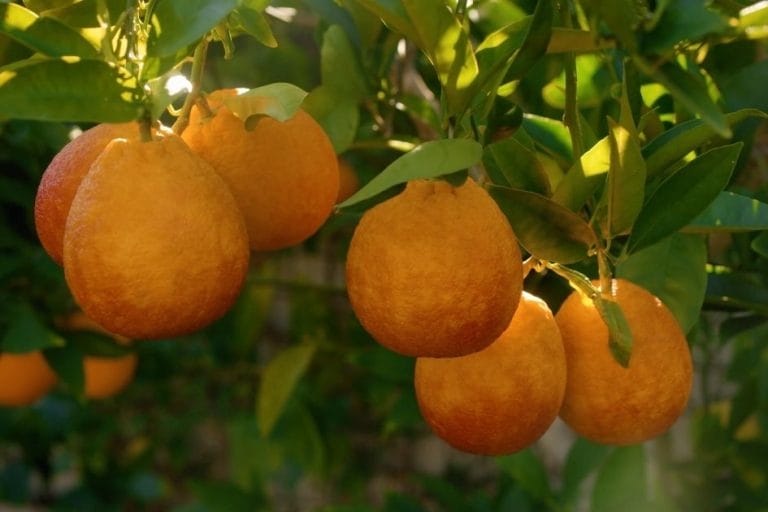



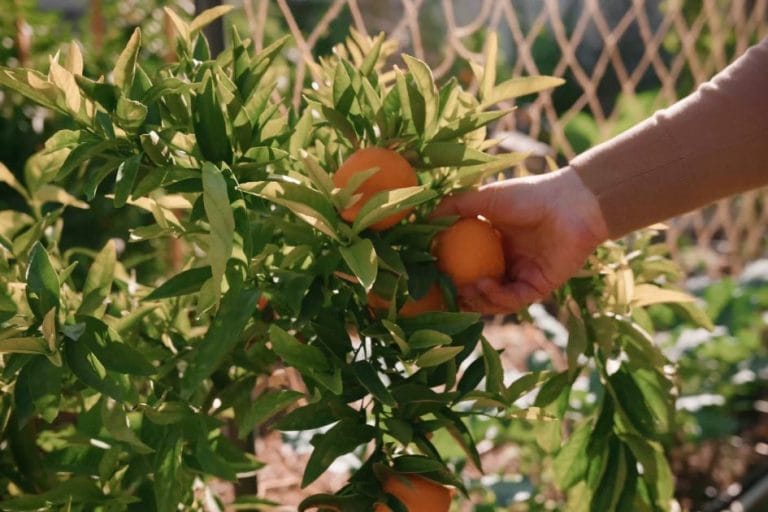

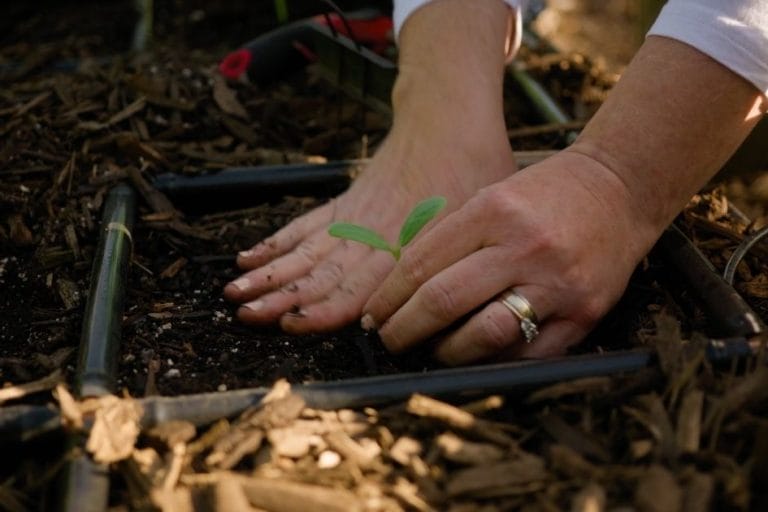
“Apply after the sun goes down and spray off afterward to prevent leaf burn.” This is confusing to me. You spray it on and then hose it off? I thought you shouldn’t wet the leaves….and what good does spraying the mixture on and then taking it off?
I understand how it may be confusing. The contact of the solution with the powdery mildew should kill the spores and then you can wash the solution off. The solution does not need to stay on the leaves, in fact if it stays on the leaves sunlight will burn them and cause damage to the leaves. Generally wetting the leaves isn’t a good idea, but it’s necessary in this case to remove the soap residue. I’ll update the blog post to make it more clear and add some pictures of damaged leaves for reference.
Can you preventively spray roses with bicarbonate solution when they are in bloom?
Also could you apply it in the evening after sun goes down and spray off in the morning?
Yes, you could try preventatively spraying them. I wouldn’t leave it on overnight – it would be harder to get the soap residue off once it’s all dried. The residue is what can burn the leaves. Once it comes into contact with the spores, it seems to do a good job killing them, extended contact isn’t necessary.